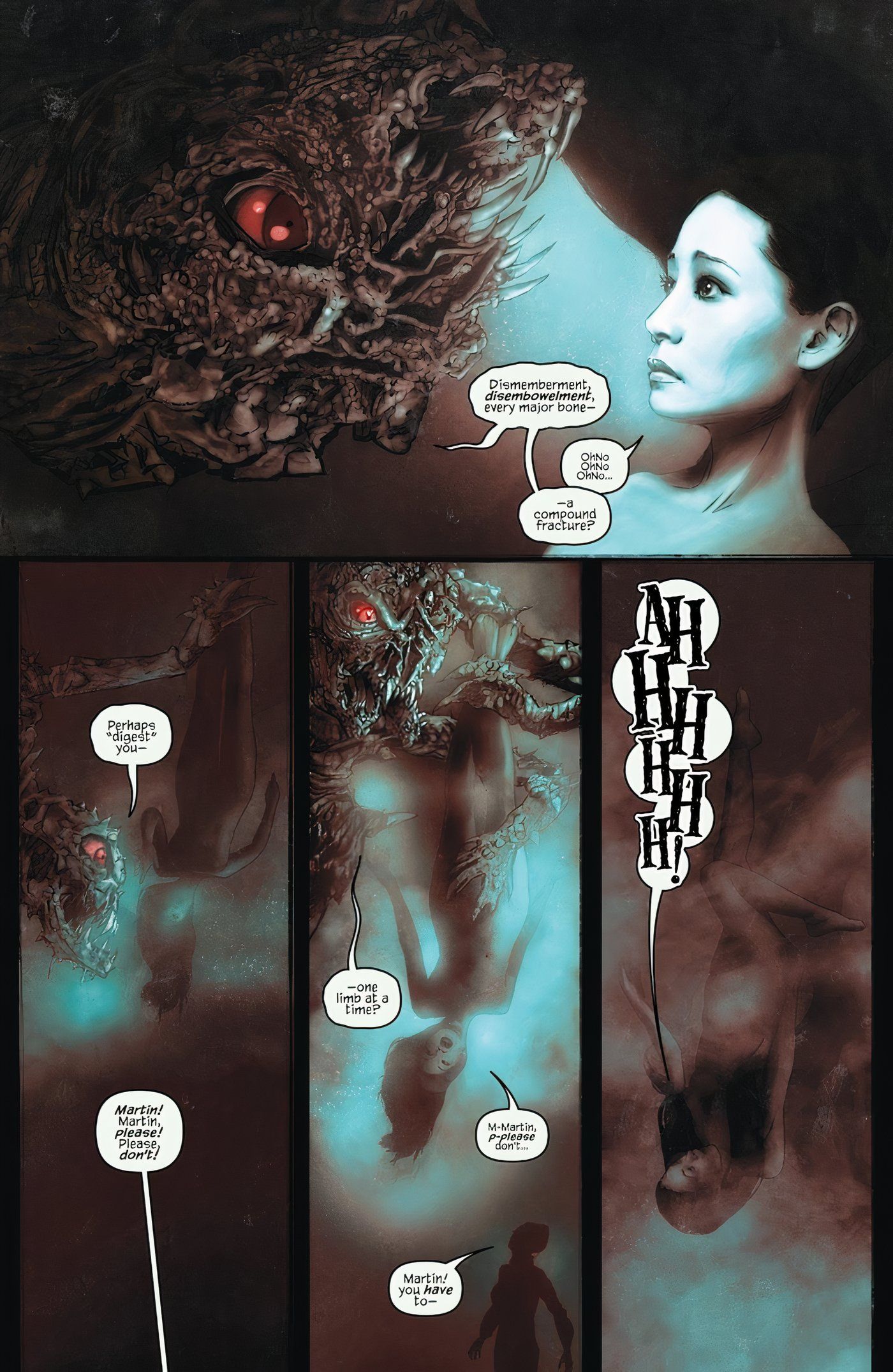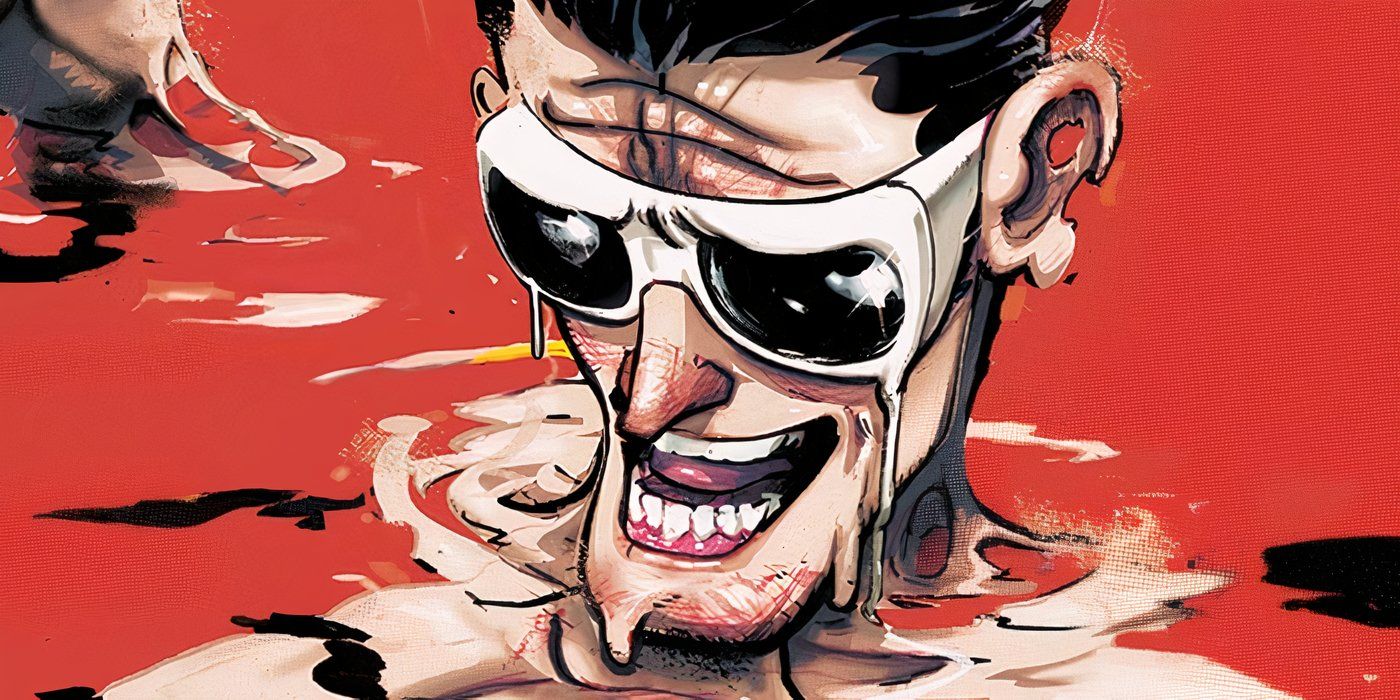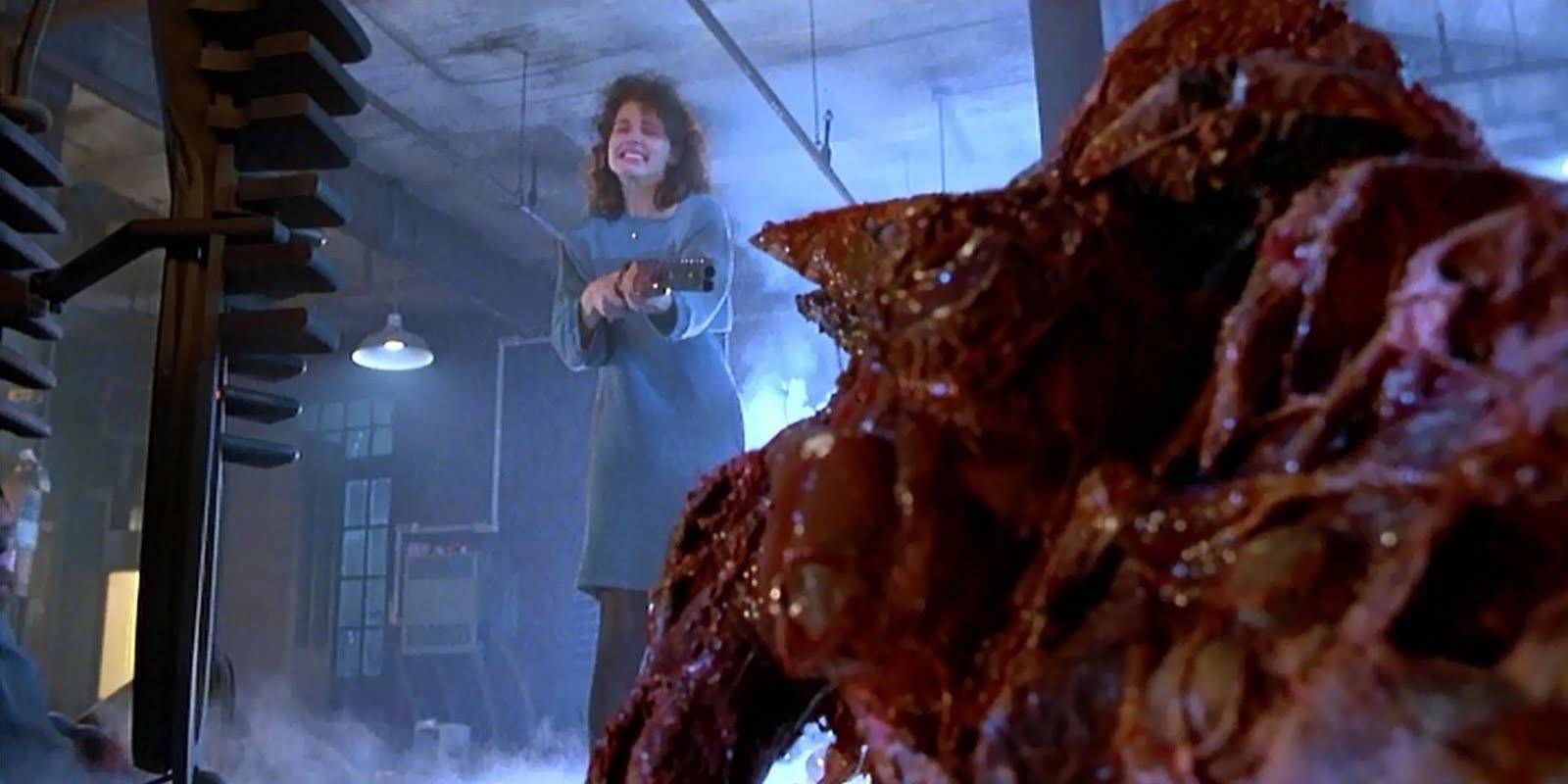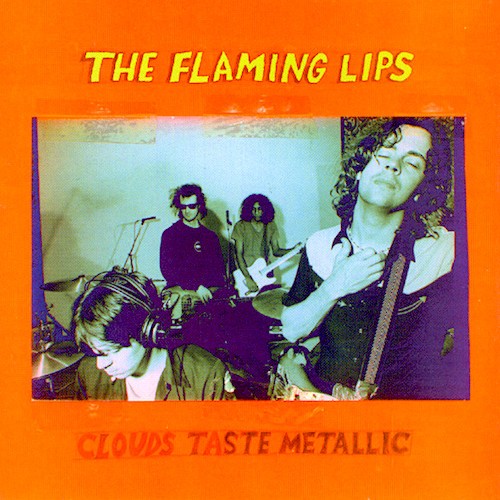film franchise is one of Hollywood’s best cult properties, and there is a “third” installment that few know exists. In 1986, visionary director David Cronenberg unleashed his remake of The Fly, starring Jeff Goldblum. A massive hit, it led to a less than inspiring sequel, The Fly II.
Brandon Seifert has written comics for Marvel, Boom and Disney.
The five-issue miniseries, first published by IDW in 2015, was written by Brandon Seifert, with assistance by David J. Tipton, and was drawn by menton3. The series picks up several years after The Fly II, and Martin Brundle, the son of Seth Brundle (Jeff Goldblum’s character in the first movie), is attempting to permanently cure himself of his latent insect DNA, despite no incidents in a while. However, Martin’s research leads to an outbreak, turning those exposed into violent, insect-like creatures. Now, Martin must race against time to find a cure, no matter the cost.
thanks to its intense story and Academy-Award-winning make-up job by Chris Walas. Although Cronenberg intended for it to be an allegory for disease in general, many saw it as a metaphor for the AIDS crisis, which was in its early years. One of the highlights of Jeff Goldblum’s career, the film also stars Geena Davis and John Getz. A remake of a 1950’s creature feature, The Fly was a hit with both critics and fans.
The original version of The Fly starred Vincent Price.
In addition to its commentary on diseases, The Fly is also a warning about scientific hubris gone too far. In the film, Seth Brundle designs a teleportation system, similar to Star Trek’s transporters. Unlike those technological marvels, Brundle’s transporter was deeply flawed. After several failed attempts, Brundle tried the system himself. As he was entering the transporter pod, a fly flew in, and was transported with him. The system failed to distinguish their DNA makeups, and merged them into one. What followed was one man’s horrifying metamorphosis into something more than human.
| Rotten Tomatoes Scores For All the Movies in The Fly Franchise | ||
|---|---|---|
| Title | Release Date | Score |
| The Fly (1958) | July 16, 1958 | 95 % |
| The Fly (1986) | August 15, 1986 | 93 % |
| The Fly II (1989) | February 10, 1989 | 33 % |
The success of The Fly led to a sequel three years later, which, while advancing the mythos, failed to connect with audiences. At the end of The Fly, fans learn that Brundle’s lover, Veronica, was pregnant with his child. As the child was conceived after Brundle’s transformation, the child was born with insect genes but a human appearance. The child, named Martin, fell under the sway of Anton Bartok, the financier of his father’s teleportation experiments. Eventually, his latent insect DNA manifested itself, but he, unlike his father, was able to reverse his condition and become human again.
The years have been kind to The Fly: it is now regarded as not only one of Goldblum’s best, but one of Cronenberg’s finest hours as well.
The Fly II’s failure at the box office and with audiences put any talk of a third entry in the franchise on ice. The years have been kind to The Fly: it is now regarded as not only one of Goldblum’s best, but one of Cronenberg’s finest hours as well. The film continues to find new generations of fans, but its sequel does not enjoy such a reputation. Since The Fly II came and went in theaters, there have been talk of a new movie, but nothing has ever come of it.
Yet, in 2015, IDW released The Fly: Outbreak, a direct continuation of the story established in the first two films. Martin Brundle returns, as does his lover Beth. The Fly: Outbreak picks up some of The Fly II’s plot threads: at the end of the movie, Martin used Anton Bartok’s DNA to cure himself, but it turned Bartok into a monster. When Outbreak opens, Martin is now trying to cure Bartok, to no avail. Martin also lives in fear of transforming back into a monster, which puts distance between himself and Beth.

The Fly: Outbreak, in addition to using plot points from the first two films, also features thematic callbacks to the others. Seth, Martin’s father, pursued his dream of a transporter system to extreme lengths, namely experimenting first on animals and then later on himself. In The Fly II, Anton Bartok co-opted Brundle’s research as well as his son, all to his own nefarious ends. Bartok’s scheming causes trouble all around: he turns Martin into a monster. It backfires on Bartok, and he himself is now a mutant, and Martin’s humanity is restored. The Fly films are a commentary on scientific hubris.
The Fly film franchise makes good use of the “mad scientist” trope as well. This is nothing new in literature and pop culture, tracing its roots back to Mary Shelley’s Frankenstein. However, The Fly subverts this by making Seth Brundle a genuinely nice guy. In The Fly II, Martin is following in his father’s footsteps, but his transformation into a monster convinces him to change course. In Outbreak, Martin now seeks to cure himself of his curse permanently. At the same time, he is also trying to cure Bartok, showing he is not without mercy and empathy.

Related
This Justice League Hero's Body Horror Transformation Will Haunt My Nightmares
In his DC Black Label series, Plastic Man's powers get a horrifying, grotesque new drawback that I already know will keep me up at night.
As noted earlier, The Fly films are stellar examples of “body horror.” This subgenre focuses on transformations to the human body, and both Fly movies feature some of the most memorable examples in pop culture. In Outbreak, the transformations are caused by a virus, which spreads throughout the research facility Martin works at. Slowly, the affected start to mutate into insect-like creatures, each taking an arc similar to Seth in the first film: becoming manic, hypersexual as well as violent. By Outbreak’s end, they have completely mutated, shedding their humanity as they become something else.
Finally, The Fly: Outbreak does not forget the emotional core that made the first two films so good.
Finally, The Fly: Outbreak does not forget the emotional core that made the first two films so good. Part of the horror of The Fly was watching “nice guy” Seth slowly lose control, becoming a mindless killing machine. Thanks to Goldblum’s tour-de-force performance and Croneberg’s masterful direction, his transformation was absolutely heartbreaking, as was Martin’s dilemma in The Fly II. Outbreak does not skimp on the sorrow and misery either. Good and innocent people meet horrifying ends, and there is no sense of victory at Outbreak’s ending.

The Fly may be returning to screens, as late last year, it was revealed that director Nikyatu Jusu was developing a new film set in the same universe as David Croneberg’s movie. While good news, the failure to get a third movie off the ground for years should temper any celebrations. However, The Fly: Outbreak functions well as a third entry in the franchise, perfectly touching on the thematic elements that made the first two films good. Should Jusu’s movie never make screens, : Outbreak is perfect for fans of the franchise.










